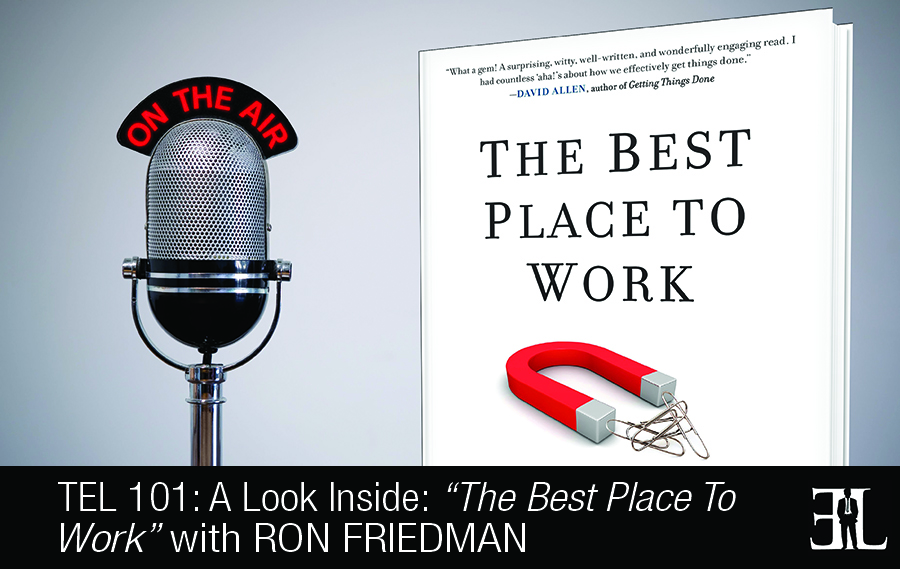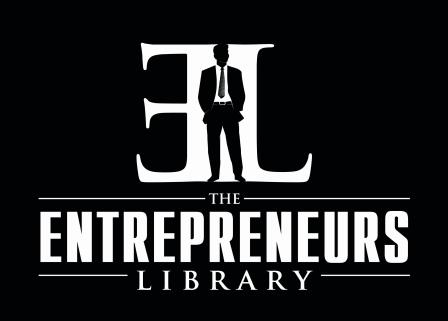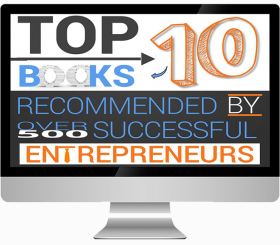A Preview of The Best Place To Work with Ron Friedman

A summary of things you should know about The Best Place To Work according to Ron Friedman:
Introduction
In this episode Ron Friedman shares his book, The Best Place to Work, where he offers game-changing advice for working smarter and turning any organization into an extraordinary workplace.
In his book, Friedman explains how to effectively diffuse a workplace argument, elevate your thinking, and reach smarter decisions. The goal of the book is to provide you with scientifically-proven techniques to help you promote smarter thinking, greater innovation, and stronger performance.
This book is perfect for entrepreneurs or business executives who are looking to turn an average, low performing work atmosphere into an effective and extraordinary environment.
The Book’s Unique Quality (4:35)
I recognize what it’s like to be an entrepreneur because I’m an entrepreneur myself and I wanted to write a user’s guide for someone who is busy. I realize entrepreneurs need action items and this book is really stocked with action items both for managers and for employees.
The Best Way To Engage (6:23)
Every chapter in the book is focused on a different aspect of the workplace. It’s a variety of different topics and not one that you have to read in a linear fashion.
The Reader’s Takeaway (19:34)
One of the takeaways is that psychological needs are at the heart of employee engagement. If you are looking to create an engaged workforce you need to provide people with psychologically fulfilling experiences.
The second takeaway is that organizations are a lot more successful when they address rather than ignore the limits of both the mind and the body.
The third key takeaway is that rather than encouraging employees to find work life balance, organizations can be a lot more successful by allowing employees to integrate the two aspects of their life in an active way.
A Deep Dive Into The Book (7:39)
This book is a journey of different topics of the psychology of the workplace and summarizing all of this in a short amount of time can be a little bit of a challenge. I am going to explain the top three gaps that I saw in the workplace.
The first gap was how organizations hire. If you are looking to grow a business you are going to be during some hiring and regardless of how well you structure your workplace if you don’t get the right people in your organization it won’t be affective. One of the critical pieces of hiring is the in person interview. As it turns out there is plenty of research showing that these interviewers are not a very effective tool for predicting how good someone is going to be in a particular position. The reason is because we have all of these cognitive biases that prevent us from actually measuring someone’s effectiveness for the role we are looking to fill. I talk in the book about research showing that we tend to favor good looking people because we assume that they are also competent. Another biased is tall people because tall people tend to be viewed as having greater leadership potential. Deep voice candidates are viewed as more trustworthy. All of these impressions affect not just the way that we view that candidate but also the questions that we ask as a result. I talk about all the biases and then I talk about ways that entrepreneurs can correct those biases.
The second gap is how managers motivate. In the book I present a completely different frame for thinking about engagement in a section on what videogames teach us about creating an extraordinary workplace. If you think about your own experience playing videogames you get sucked in doing a whole host of behaviors that you would normally avoid. What’s fascinating about videogames is we spend so much of our personal time doing these activities that we aren’t getting paid for. I think the reason we find these games as enjoyable as we do is because they deliver the very experiences that we seek in our workplace. For examples we have a clear set of goals and we get recognized and rewarded for our work. The key takeaway here is that engagement is not about the actual job; it’s about the conditions that we build around it.
The third gap that I wanted to highlight is the gap in workplace design. Within the book I survey all the research on office design and the psychology of how our minds react differently to different environments and what I argue is that there is a connection between space and innovation. What I mean by that is where we are affects the way we think. There is research that I cover in the book looking at how the ceiling height of a room affects our ability to think abstractly. The rooms’ layout communicates the type of interaction that is expected. I discuss all the ways that companies can leverage a lot of these insights to deliver a better working environment.
Notable Quotes From The Book (22:41)
“When your attempt rate is high each individual failure becomes a lot less significant.” – Ron Friedman
The Credibility/Inspiration Of The Author (0:56)
I am a social psychologist and I specialize in human motivation. I have taught at the University of Rochester, Nazareth College, Hobart and William Smith, and I write for the Harvard Business Review, Fast Company and Forbes. I’ve also founded a company called ignite80 that helps smart leaders build extraordinary work places and the way we do that is via speaking, workshops and occasionally consulting. If you are wondering about the name of that company it’s because 80% of employees worldwide have been found to be disengaged at work so we look to correct that.
One of the things I talk about in the book is that the book really happened by accident. I spent years in academics studying human motivation and teaching human psychology courses and my goal was to become a full-time professor. Eventually I achieved that goal and I got a full-time teaching job and when I got there I found myself itching for a new challenge. If you got in to academics for the reasons I did, it was to learn new things and as a professor you are covering the same material again and again.
I wanted that new challenge so I decided to go off into the corporate world where I was hired to work as a pollster. When I got to the corporate world I noticed a lot of the things that I took for granted as a professor. But when I got to the corporate world I witnessed a real disconnect from everything from the way that companies hire and the ways that managers motivate to the design and layout of the modern office. I got to meet a lot of these business owners and a lot of entrepreneurs who are really interested in building great workplaces but just don’t have the tools for doing that.
Other Books Recommended By The Author (25:36)
Getting Things Done by David Allen
The Accidental Creative by Todd Henry
More Information About This Book and The Author
Buy The Best Place to Work by Ron Friedman on Amazon today
Visit Ignite80.com to learn more about Ron’s research and sign up for his mailing list
Follow Ron Friedman on Twitter and LinkedIn
More Information About This Episode
Download the full transcript here (coming soon)
Listen on iTunes, Stitcher , and SoundCloud
Related books: Leaders Open Doors by Bill Treasurer | Scrum – The Art of Doing Twice the Work in Half the Time by Jeff Sutherland | The Front-Line Leader by Chris Van Gorder
Relevant advice and tips: 5 Steps to Promote Innovation in the Workplace
What did you like and not like about this episode? Fill out this one minute survey here.
 The Entrepreneurs Library
The Entrepreneurs Library
















